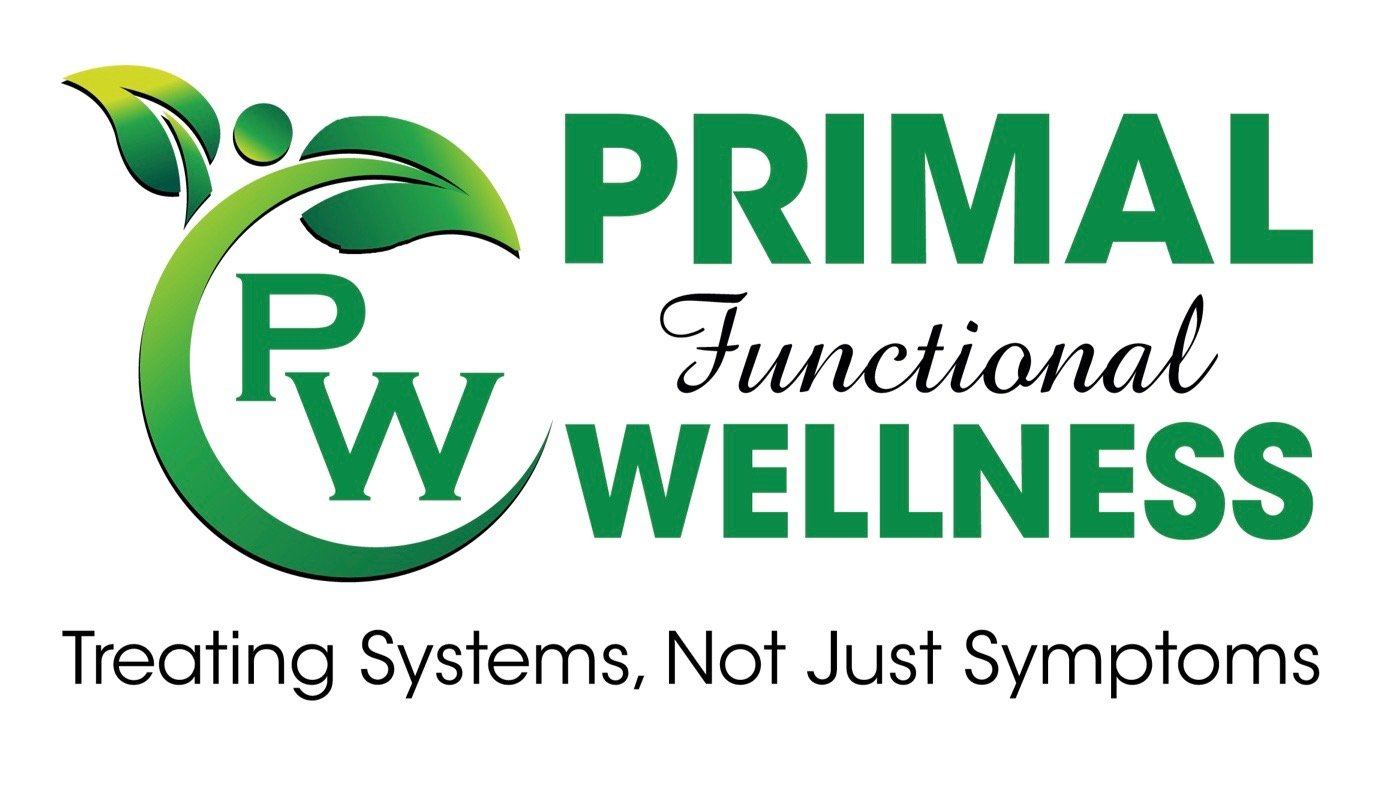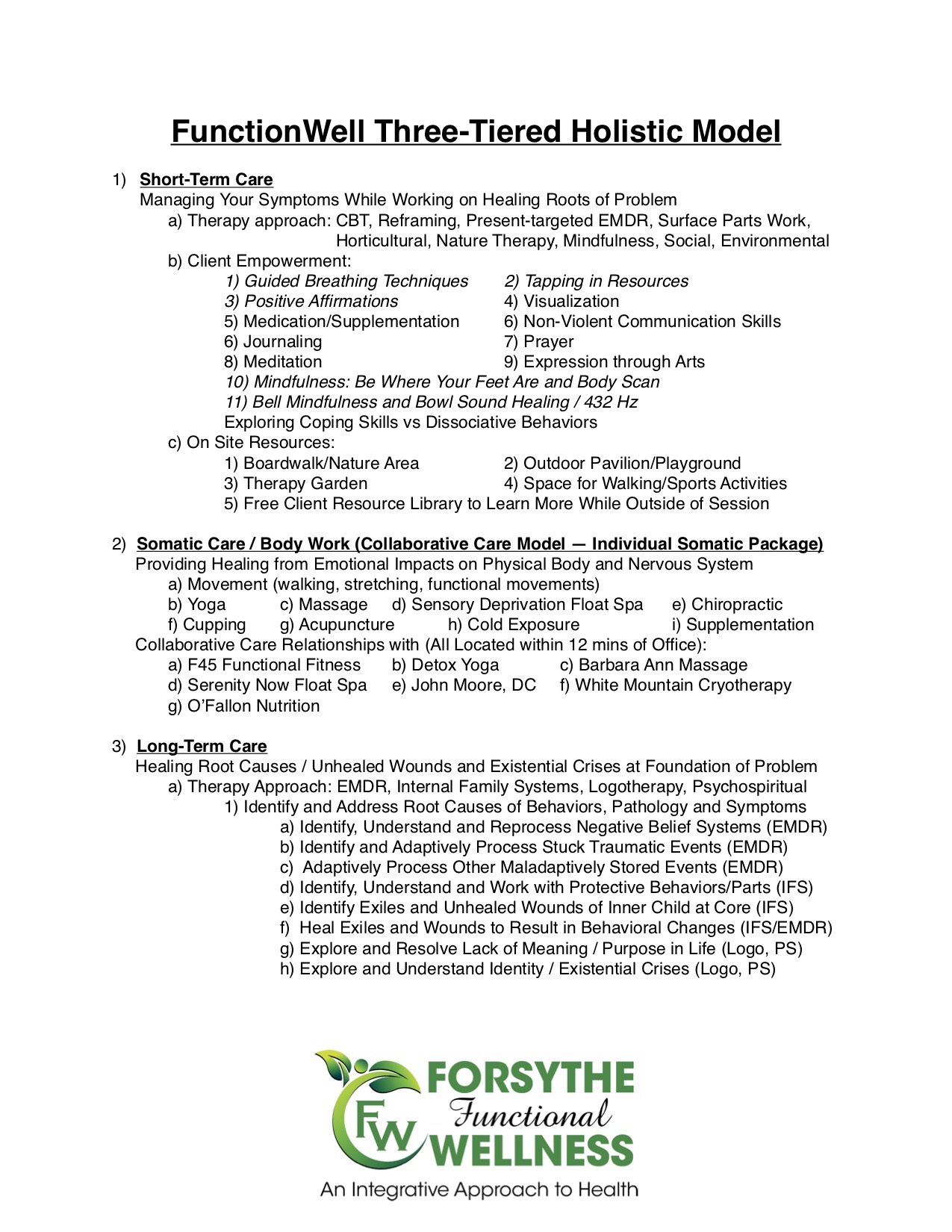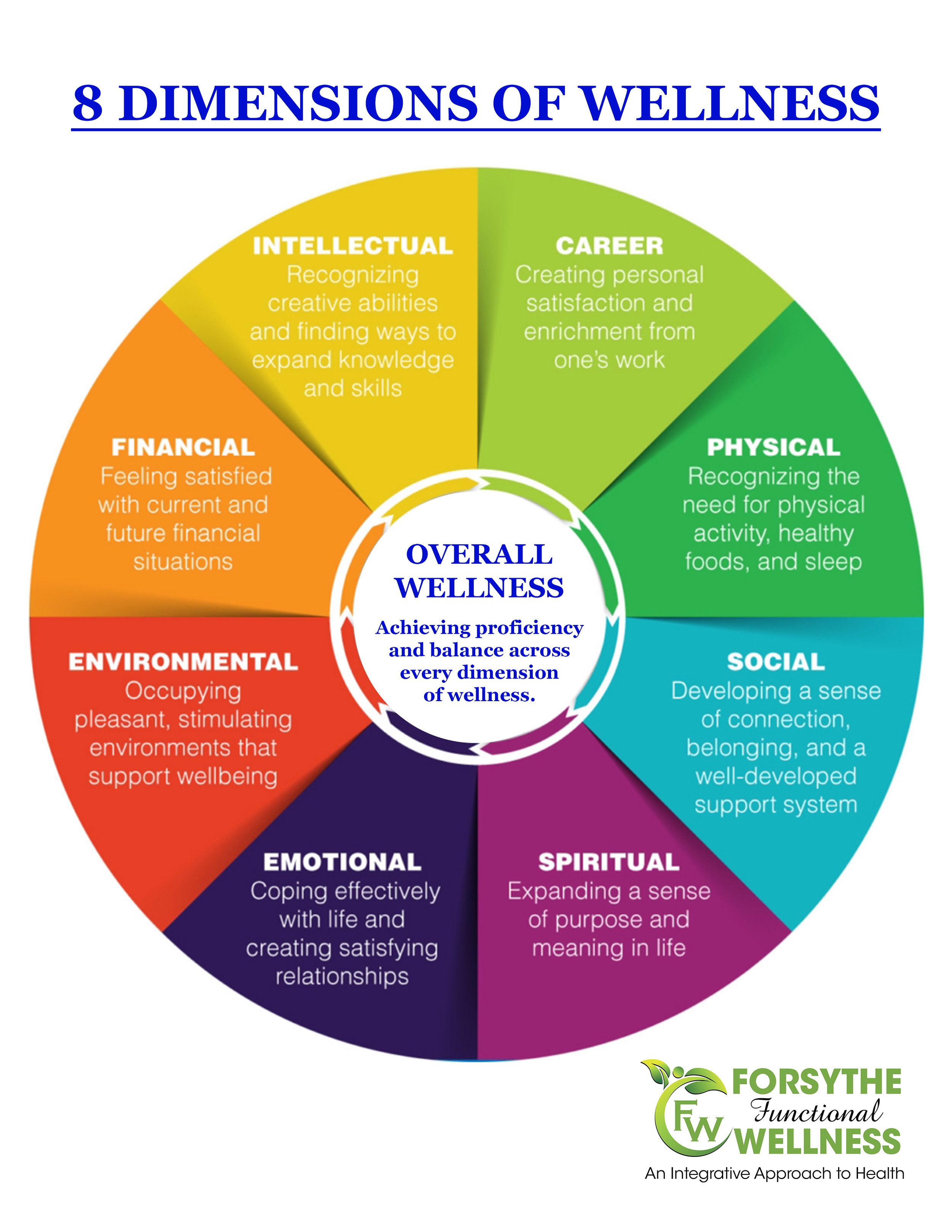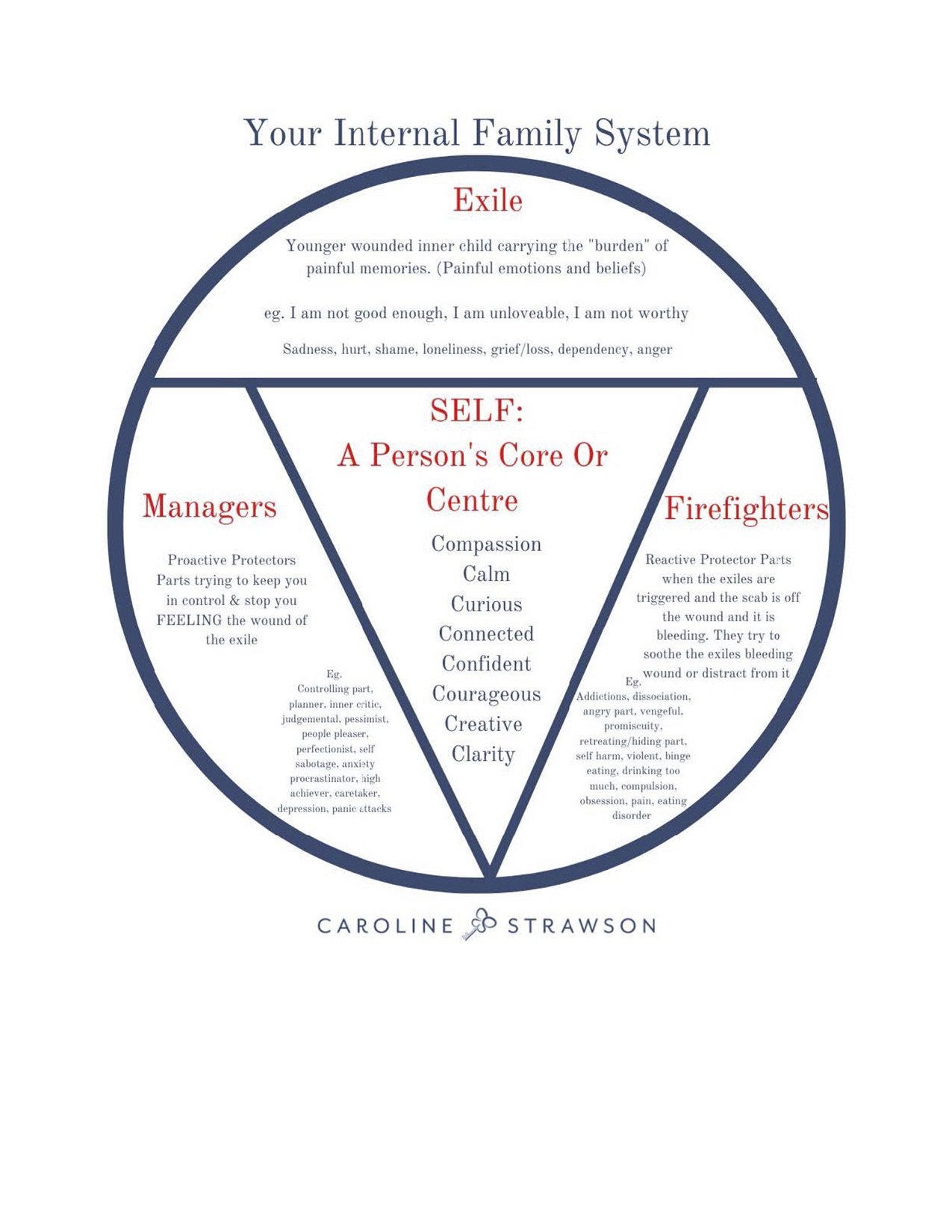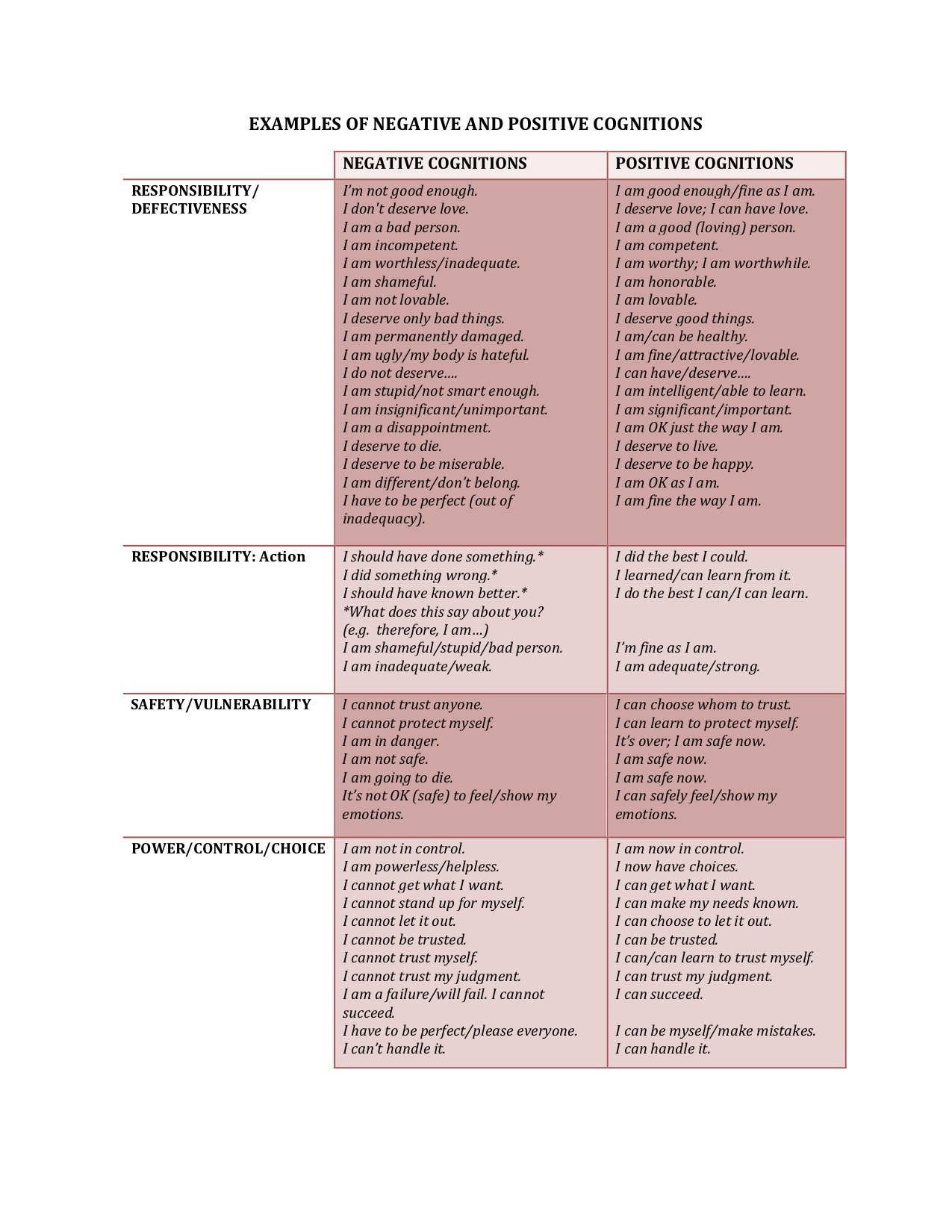Treatment Approaches
Primary treatment approaches
The most commonly used types of therapy used within the functional wellness practice are: EMDR, Internal Family Systems and Somatic Experiencing. These are all systems based approaches.
In working with children, we lean heavily on the Beyond Consequences work of Heather Forbes and Good Inside model by Dr. Becky Kennedy.
The focus is on helping a person improve functionality in their daily lives, relationships and endeavors. This is accomplished through a three-tier approach that provides coping skills and resources, ways to manage physical impact of stress on the body and, ultimately, by healing underlying “root” causes such as negative belief systems, unresolved traumas or adversities. Often our modern day dysfunctional behaviors are linked to experiences and memories from the past, in which we are emotionally stuck and have not adaptively and healthily processed. EMDR and Internal Family Systems are especially powerful in healing the “stuck” points.
What is EMDR?
EMDR stands for Eye Movement Desensitization and Reprocessing. By using back-and-forth movements (most commonly alternating pulsators held in each hand but also eye movement, tapping knees or shoulders), we are able to achieve bi-lateral stimulation of the brain. This means both the left and right hemispheres of the brain are activated, bringing to surface memories that have been repressed and “maladaptively” stored for the sake of adaptively processing and healing those memories in a safe and structured setting. In addition, the bi-lateral stimulation triggers neuropathways in the brain that allow for “recoding” of those pathways, meaning through EMDR we can change the thoughts, feelings and beliefs associated with the memories. Through this we are able to desensitize the “emotional charge” associated with the memory, as well as reprocess any negative belief systems attached to that memory.
**See the diagram below for examples of negative belief systems.
What is Internal Family Systems?
The IFS model provides a tremendously helpful way of identifying the origins and motives behind our many behaviors. As we have a physical external family system within the home, we have a similar “internal family system” in our mind or psyche.
Within that internal family system is the “Self” or core center of our being, exhibited by the ability to remain calm, compassion, creative, curious, connected and find confidence and courage within when facing emotional challenges. Also a part of the system are “exiles,” which are emotional wounds we accumulate over time and often never take the time or have the resources to heal when they occur. Exiles can range from extreme emotional pain all the way to minor discomforts.
Because we have these exiles and unresolved emotional wounds, we develop what the IFS model calls “protector parts". These are essentially parts within our mind or psyche that prompt us to act or behave in certain ways in an effort to avoid dealing with emotional discomfort. There are two types of protector parts — managers (proactive) and firefighters (reactive). These range from high achiever, caretaker and people pleaser behaviors to addictions, dissociation and self harm. The list of potential protector parts is essentially endless.
The benefit of IFS is that we can identify these protector part behaviors in your own life, connect to their origins, learn more about them and, ultimately, heal and unburden the exiles (unresolved trauma and emotional pain), so the protector behaviors will dissipate.
**See IFS diagram below
